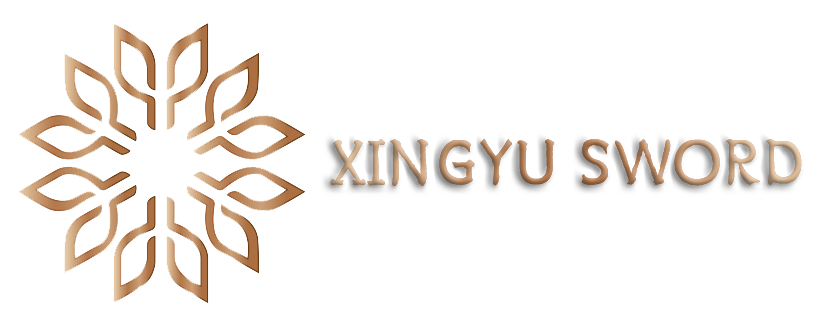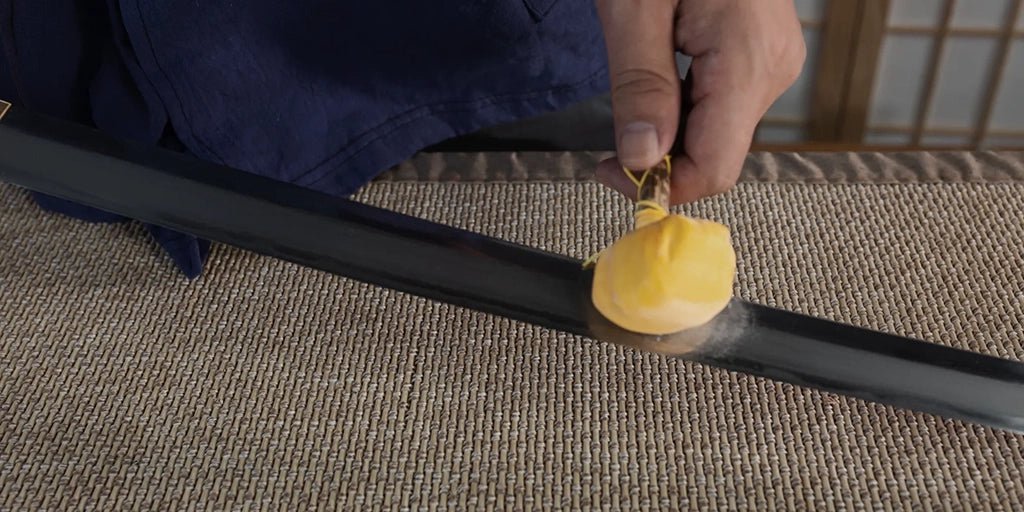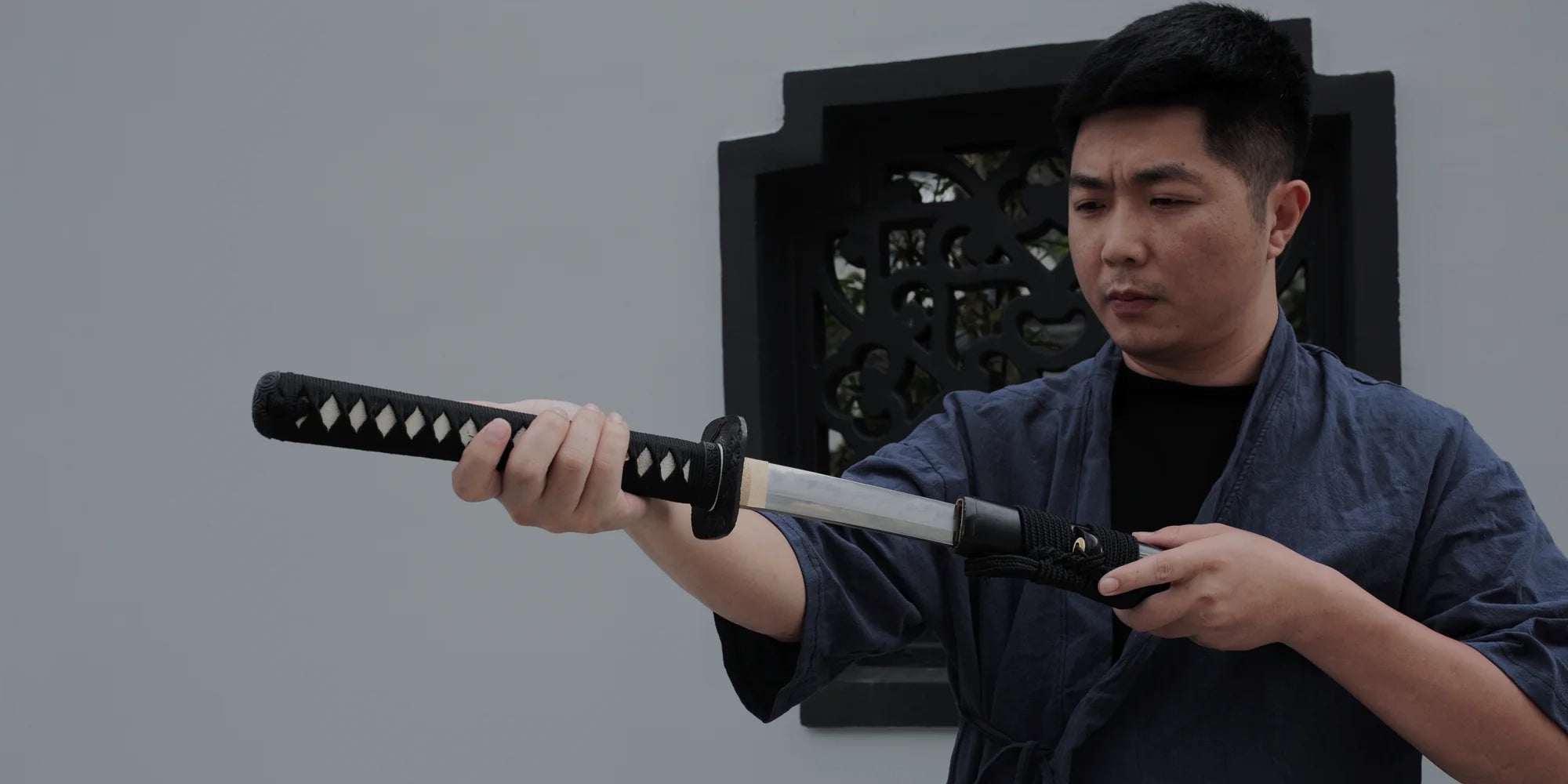Real Katana - How to recognize good and bad katana


How to identify the authenticity of katana
The price of katana is very confusing, the cheap ones cost a few tens of dollars, while the more expensive ones cost thousands or even tens of thousands of dollars, so how can you tell if a katana has value? Some people think that a katana made by a well known swordsmith will not be bad, although this is true. However, the price of katana made by a famous knife maker is very high, and you need to wait for a very long time to receive the goods, not everyone can spend thousands or even tens of thousands of dollars to buy a katana, so I have organized a set of how to identify the good and bad of katana for your reference!
katana blade steel
The selection of steel is the most important factor in determining the upper limit of Katana. If you plan to use stainless steel to make Katana, no matter how excellent a sword maker is, they cannot produce good works. Knowing how to distinguish the performance and quality of steel depends on whether you can purchase a real Katana

A 1045 steel
The upper limit of hardness of 1045 steel is not high, it is difficult to achieve the hardness index of qualified swords through heat treatment, and the wear resistance is also very general, the market more than a hundred dollars or even tens of dollars to make katana is made of 1045 steel. The advantage is cheap.

B 1060 steel
1060 steel has good high temperature strength and excellent wear resistance. It is properly hardened and tempered to provide both toughness and strength, to allow for bending and resilience, and it is cheap enough to have katana for around $200.

C Damascus steel
Damascus steel does not refer to the traditional Damascus steel, which was forged from the ancient Indian Uzi steel, which has been mined out, so the Damascus steel referred to today is modern steel that is folded or stacked to create a textured steel. It is more expensive than ordinary steel, and is harder and sharper than ordinary steel, and the resulting katana steel is beautiful, but the disadvantage is that it breaks more easily when forged, and has a high rate of damage.

D t10 steel
T10 steel is a carbon content of 1% of high carbon steel, is a carbon tool steel, after heat treatment hardness up to hrc58-60, high sharpness and good abrasion resistance, through the Tsuchioki process hamon lines will be very obvious, the disadvantage is that the toughness of the general, the report of the rate of damage is very high, so the price is higher than ordinary steel.

E Tamahagane
Tamahagane forged katana is usually the most valuable and collectible katana, and it is often believed that only Tamahagane forged katana is considered to be true katana, the downside is that it is expensive, and not everyone has the ability to buy Tamahagane katana for thousands or even tens of thousands of dollars!

katana parts
Katana, as an ancient Japanese weapon for self-defense, was initially focused on the blade, but with the advent of the peace era, people are not only looking for the perfect blade, but also for katana parts, which are gradually becoming more and more demanding, let's talk about katana parts.
Katana accessories
Accessories refers to the katana METAL FITTINGS, wrapped tsuba Fuchi kashira Menuki, of which the tsuba is the most important, divided into the surface and the inside, towards the scabbard side is the "surface", towards the blade side is the "inside". The tsuba serves as a switch for drawing katana and recovering katana, protects the palm and wrist during fighting, and shows social nobility. Initially, katana accessories were made by blacksmiths, and the materials used were mainly iron. After the evolution of the times, people's requirements for accessories gradually become higher, accessories slowly formed a unique field of art, and later became a symbol of social status honor and dignity, an ancient tsuba can be sold for thousands of dollars or even more, has been completely detached from the practical significance. The modern production of accessories to copper and iron alloy materials, the following list of some katana accessories

F. Alloy Accessories: Lack of toughness and easy cracking, with the advantage of being cheap

G Iron accessories

H Copper accessories

I Copper plated gold and silver accessories

J Ancient accessories
saya
The ratio of saya to blade length is moderate, take katana as an example, saya is about 3 or 4 centimeters longer than blade, and both of them bend in the same way. The handle will not shake in your hand, but the thickness and length will affect the feeling and balance of your hand.
The katana is usually kept in the shirasaya, and will be equipped with katana accessories when going out. Generally, a katana will be equipped with multiple katana accessories for different occasions.

K Shirasaya: Shirasaya is made of Park wood and has a soft texture, which can avoid the damage caused by Koiguchi's friction on the blade.

L. Lacquer sheath: usually made of soft pine wood, with simple production and low cost

M. precious wood sheaths: Typically, precious wood has a higher density, is more resistant to deformation caused by shrinkage, and can enhance the value of katana

N. Ray skin scabbard: The price is high, but the texture is hard, with excellent corrosion resistance and excellent aesthetics. However, there are many fake ray skin scabbards on the market
Check the real katana
1 Draw the samurai sword to test its form
The katana stance refers to the contour and form of the katana, and in this case it is the curvature (sori) of the katana that is tested. The curvature of the katana affects the cutting area of the sword when chopping, and the speed at which the sword comes out of the sheath, and is usually well tested with a drawing method similar to that of the Japanese Battōjutsu, where the blade is pointed upwards and then drawn slowly to see if the katana comes out of the sheath smoothly, and then after sheathing to see if the blade is straight and if the assembly details are in place.

Hold the sword vertically at a distance of one arm and examine the overall shape and proportion of the sword.
To examine every important but subtle detail of a Japanese sword requires a lot of mental effort and one prerequisite: good light and a properly sharpened sword with a good appearance. When inspecting a sword, there are three main aspects to consider: the shape of the sword, the surface of the blade, and the pattern on the blade.
The inspector should examine the sword at an arm's length, which makes it easier to feel the overall shape of the sword. Details to look for include the length of the sword, the degree to which the bottom of the sword gradually tapers to the tip, the curvature of the sword, and the shape and size of the tip. The thickness, weight and balance of the blade are also the focus of the inspection.
2. Check the blade and watch Hada
When carefully examining the side of the blade, the light source must be placed above and behind the viewer to view the surface of the blade. Points to note The most important points to note are the color of the blade , as well as any visible patterns or textures on the surface that are the result of repeated folding and striking during the forging of the blade. The different ways of folding, striking, and forging the blade result in different types of jihada. The straight lines distributed over the entire blade are called masame hada, those resembling wood are called itame hada, and the extremely detailed and complex textures resembling tree knots are called mokume hada. According to the different forging methods of the blade and the entire sword, the pattern of the jihada will also change.
Hada is also known as the surface pattern texture, is in the forging and folding traces left behind, need to cooperate with the grinder's technology to make the texture appear, so see hada can distinguish the results of repeated folding and hammering, from here can see the forging masters made katana advantages and disadvantages, different forging methods can form different types of hada, this folding and forging process, can enhance the strength and toughness of the knife, and can make the blade covered with fine grain. This process of folding and forging increases the strength and toughness of the sword and creates a fine texture on the blade.
A few examples of hada textures

O Itame hada:Shaped like a wooden board, the most common
P masame hada: straight lines distributed along the longitudinal direction of the blade
Q Mokemehada: Similar to tree nodes, many circular patterns appear repeatedly
R Nashi-ji hada: This kind of ground muscle is very delicate

3 Examine real hamon
It is often seen that there is a wavy line on the katana blade, called "katana hamon", which is formed by Tsuchioki. Tsuchioki is a heat treatment process that covers the surface of the blade with special soil, then burns red and puts it into water. Different styles or katana craftsmen produce different hamons, which cannot be completely replicated, Some Katana craftsmen's lines can be easily distinguished at a glance, equivalent to their signature





